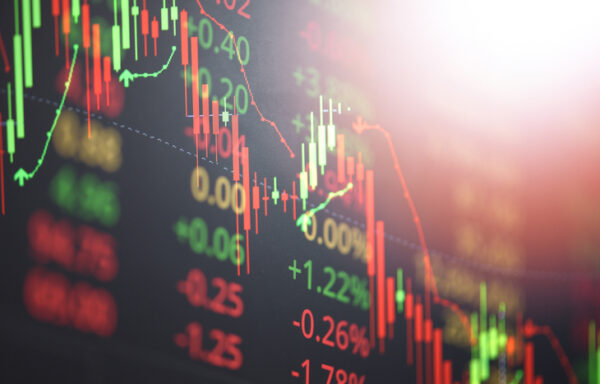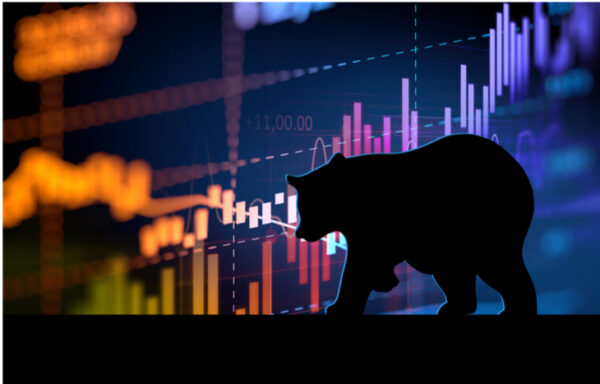Piedmont Lithium Stock Soars After Deal With Tesla
There’s an age-old strategy on Wall Street: Buy the rumor, sell the news.
We see this play out repeatedly in the hype cycle. Expectations about a major event, a major product release or a new announcement boil over into exuberance.
Investors egg each other on, saying things like “The world will never be the same after this date!”
And almost without fail, reality falls short of the impossibly high expectations.
Battery Day was a dud.
The much-hyped Tesla (Nasdaq: TSLA) event had mobs of investors drooling. It was rumored that CEO Elon Musk was going to unveil a mind-blowing piece of “million mile” technology.
But instead of a Willy Wonka-like show, what they got was a multiyear plan that eventually sees the electric vehicle maker producing batteries in-house (instead of sourcing them from Panasonic) and some gradual technical and supply chain improvements to reduce costs.
Yawn.
Shares of Tesla tumbled from $430 all the way down to $372 in the days following the Battery Day disappointment.

But that’s okay.
Musk is trying to move mountains. And that takes time.
Shares have since rebounded. And they’re still up more than 400% in 2020!
But if you’ve missed out on the Tesla boat, there’s still a way investors can put themselves in the perfect position to profit on what the company laid out in its plans.
In fact, it’s already sent shares of one unknown company soaring more than 600% in the last month!
Supply Chain Squeeze
For as long as I can remember, the global EV boom has been haunted by the supply of raw materials needed.
Here at Profit Trends, we’ve covered these obstacles in the form of copper and nickel.
Tesla wants to have enough battery capacity to produce 30 million EVs by 2030. That’s a massive ramp-up from the 500,000 the carmaker will roll off the line this year.
And that’s only one EV maker’s goal!
But here’s the thing…
There’s one element standing in the way of Musk and his plans for automotive domination.
Lithium.
Total global production of lithium is around 400,000 tons per year. That’s enough to power 2 million to 3 million EVs. And that’s if all of that lithium went to battery production, which it doesn’t. Right now, only a third of the lithium mined is dedicated to EVs.
For Tesla and the rest of the EV makers out there to meet their lofty goals, a lot more lithium is required.
Now, global lithium demand is projected to triple to 1.5 million metric tons by 2025. And it’s projected to double by 2024.
This is a race between supply and demand. Though, as my friend and colleague David Fessler has pointed out numerous times over the years, lower battery costs mean more affordable EVs. And this boosts demand.
Musk understands the supply chain challenges that his dreams face. So he’s been going out and knighting his own winners in this race. The most recent was Piedmont Lithium (Nasdaq: PLL).
The emerging miner signed a five-year deal to provide Tesla with high-purity lithium ore. The announcement sent Piedmont shares soaring higher than a Falcon Heavy rocket!

Over the past month, Piedmont shares have rocketed more than 600%.
It’s a major win for the relatively unknown miner.
Under the agreement, Piedmont will ship one-third of its 160,000 metric tons per year in production Musk’s way. And if all goes well, the two companies can extend the deal for another five years.
This move underscores the type of profit opportunities in lithium and other needed materials we’ve been preaching for quite a while.
So you may personally not like EVs. You may think that Teslas are nothing but overpriced toys for the wealthy. But investors can’t ignore that EV adoption is a transformational trend that’s gaining speed. China alone is trying to have EVs account for 20% of all new car sales by 2025.
Every portfolio should have at least some exposure to lithium – through the world’s largest lithium miner, Albemarle (NYSE: ALB), Piedmont, or the broader Global X Lithium & Battery Tech ETF (NYSE: LIT).
Lithium, along with copper and nickel, is a key compound of this revolution. And the multiyear outlook is extremely bright.
Here’s to high returns,
Matthew
[adzerk-get-ad zone="245143" size="4"]About Matthew Carr
Matthew Carr is the Chief Trends Strategist of The Oxford Club. He is the Editor of Strategic Trends Investor, The VIPER Alert, Dynamic Fortunes, Trailblazer Pro and Profit Trends. His unique take on investing – which involves using a strategic system that chooses companies based on pre-momentum, high growth and discounted prices – has led to countless outsized gains.
Matthew cut his teeth in the industry as a writer for the energy trade publications Natural Gas Week, Gas Market Reconnaissance and Oil Daily. He also dug into exports and international trade finance for Business Credit magazine.
With two decades of financial experience under his belt, Matthew’s expertise ranges from classic industries such as retail and oil and gas to cutting-edge markets like 5G, emerging tech, cybersecurity and cannabis. If it’s moving the markets, you can bet Matthew is there.






